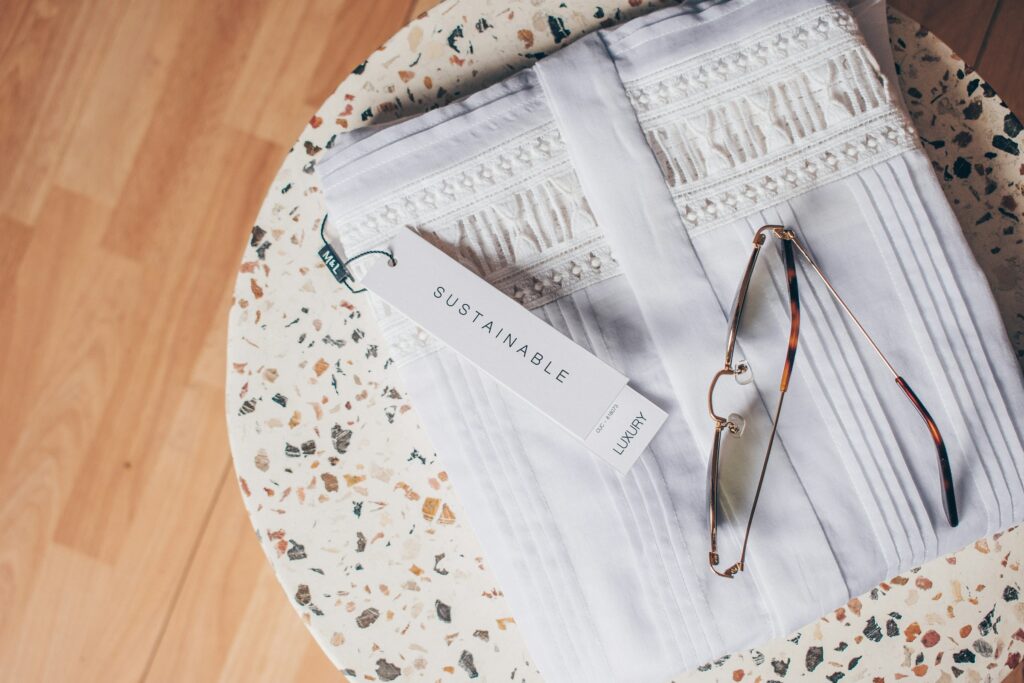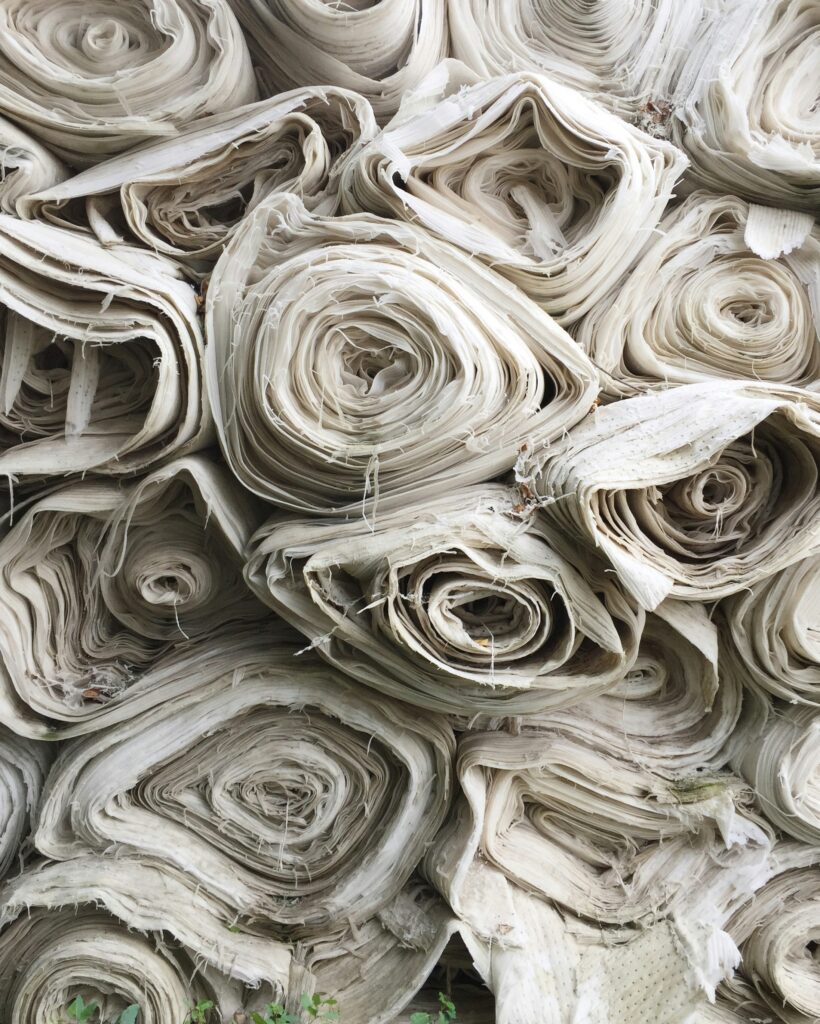Key Takeaways
- Innovative textiles are transforming the fashion industry towards sustainability.
- Large brands are increasingly focusing on ethical sourcing and eco-friendly materials.
- Economic and environmental benefits drive the trend towards sustainable fabrics.
- Technological advances in textile production are reducing waste and improving efficiency.

Introduction
The textile industry has always been a cornerstone of global manufacturing but is undergoing a massive transformation. With increasing consumer awareness about environmental issues, the focus has sharply shifted towards sustainable textiles. This is not merely a trend but a necessary evolution as the world grapples with climate change and resource scarcity. The industry’s leading players are innovating in design, material sourcing, and reduced-waste production methods.
Fabric suppliers are at the forefront of this revolution, playing a crucial role in developing and disseminating sustainable textiles. By leveraging innovative technologies and sustainable practices, these suppliers create materials that reduce environmental footprints and promote a circular economy. Their efforts are essential in providing designers and manufacturers with the tools to produce eco-friendly fashion and other textile products.
As these sustainable materials become more widely available, they are set to redefine the future of fabric innovation, paving the way for a greener and more responsible industry.
Current Trends in Fabric Innovation
Today, sustainability is at the forefront of fabric innovation. Developing eco-friendly materials, such as organic cotton and recycled polyester, is gaining momentum. Organic cotton, for instance, avoids using pesticides and synthetic fertilizers, resulting in fewer environmental contaminants. On the other hand, recycled polyester helps reduce the plastic waste that often ends up in oceans and landfills. Such innovations are assisting brands to reduce their carbon footprint while offering consumers greener choices.
Nanotechnology and smart textiles are also progressing, allowing fabrics to adapt to the environment or enhance the wearer’s comfort and safety. For example, intelligent textiles can regulate temperature, reduce sweat, or directly release functional substances like medicines onto the skin. These cutting-edge materials are setting new industry standards, marrying functionality with sustainability. Moreover, the ability of these technologies to cater to high-performance needs while being eco-friendly is opening up new possibilities for the fashion and healthcare industries alike.
The Push for Sustainability
The emphasis on sustainability in the textile industry is not merely a fad; it is a vital requirement. Major fashion labels are increasingly emphasizing ethical procurement and utilizing environmentally friendly materials. This reduces the environmental impact while meeting the rising consumer demand for conscientious products. As sustainability emerges as a significant distinguishing factor in the market, brands are exploring innovative approaches to ensure that their products align with ethical and environmental standards.
Many brands are now committed to making their supply chains transparent, covering everything from the source of the cotton to the facility where the fabric is dyed. These initiatives not only ensure ethical sourcing but also build consumer confidence. Transparency allows companies to highlight their sustainable practices and appeal to consumers who value environmental sustainability. This shift towards openness and ethical sourcing is crucial for building a sustainable future.
Economic Benefits of Sustainable Textiles
Sustainable textiles offer substantial economic benefits by promoting efficiency, innovation, and market competitiveness. Adopting eco-friendly materials and processes helps companies reduce production costs through energy and water savings, lowering overall operational expenses. By minimizing waste and improving resource utilization, businesses can decrease the costs associated with raw materials and waste management. Furthermore, sustainable practices appeal to the growing segment of environmentally conscious consumers, enhancing brand loyalty and increasing market share. This shift attracts new customers and opens new market opportunities, driving revenue growth.
Additionally, the focus on sustainability fosters innovation, developing new technologies and materials that can further optimize production processes. The sustainable textile industry also contributes to job creation within the green economy, promoting economic growth and resilience. Transitioning to sustainable textiles supports environmental objectives and strengthens economic performance and long-term profitability.

Future Trends in Textile Production
Looking ahead, we expect to see even more innovation in textile production. Emerging technologies like 3D printing are set to revolutionize how fabrics are manufactured, making it possible to create custom garments with minimal waste. This technology enhances efficiency and allows for greater creativity in design. Additionally, advancements in biodegradable materials may further reduce the textile industry’s environmental impact. Imagine a future where fabrics can decompose naturally, leaving no trace.
Another trend is integrating artificial intelligence (AI) into production processes. AI can optimize resource use and predict market trends, enabling manufacturers to meet consumer demand better while minimizing waste. AI can shorten time to market, improve quality control, and streamline supply chains by processing enormous volumes of data. The textile sector should become more adaptable and productive due to these developments.
Closing Thoughts
The future of fabric innovation lies in sustainability. As environmental concerns grow and consumer preferences shift, the textile industry must continue to innovate and adopt eco-friendly practices. Manufacturers can safeguard the environment by embracing sustainable textiles and enjoy substantial economic benefits. These benefits include cost savings, regulation compliance, increased market share, and consumer loyalty.
With its dedication to ethical sourcing and technological innovations, the textile sector is ideally positioned to pave the way for future developments in sustainability. Companies that invest in sustainable practices today will be the leaders of tomorrow, shaping an industry that respects both people and the planet. Integrating innovative solutions and commitment to sustainability will ensure that the textile industry remains resilient, responsible, and ready for future challenges.




